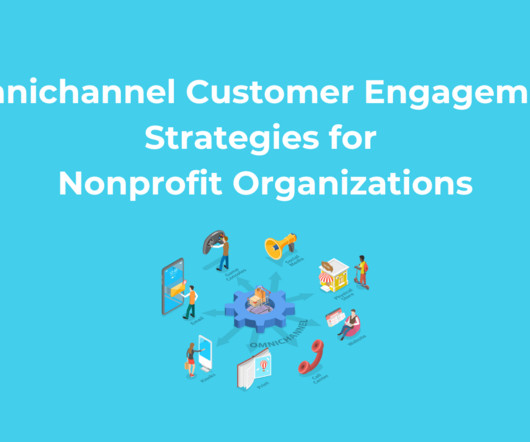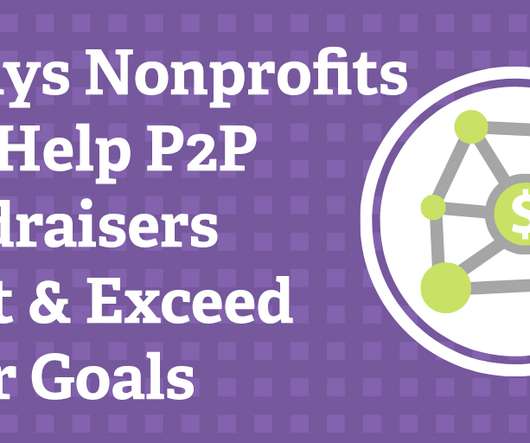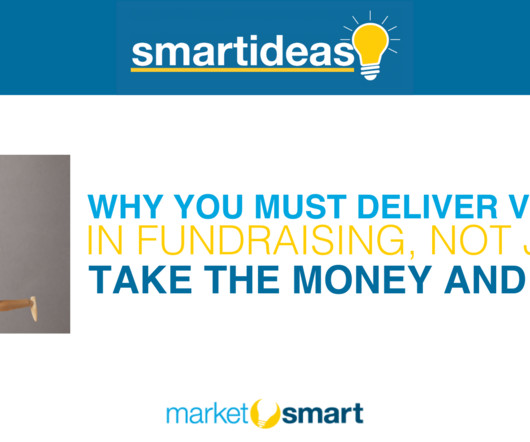7 Omnichannel Customer Engagement Strategies for Nonprofit Organizations
Nonprofit Marketing Insights by GlobalOwls
AUGUST 26, 2023
7 Omnichannel Customer Engagement Strategies for Nonprofit Organizations When it comes to nonprofits, engagement is the lifeblood that fuels volunteer participation, donations, and advocacy work. Chapters Why being omnichannel is important? This digital shift was accelerated further by COVID-19.












Let's personalize your content